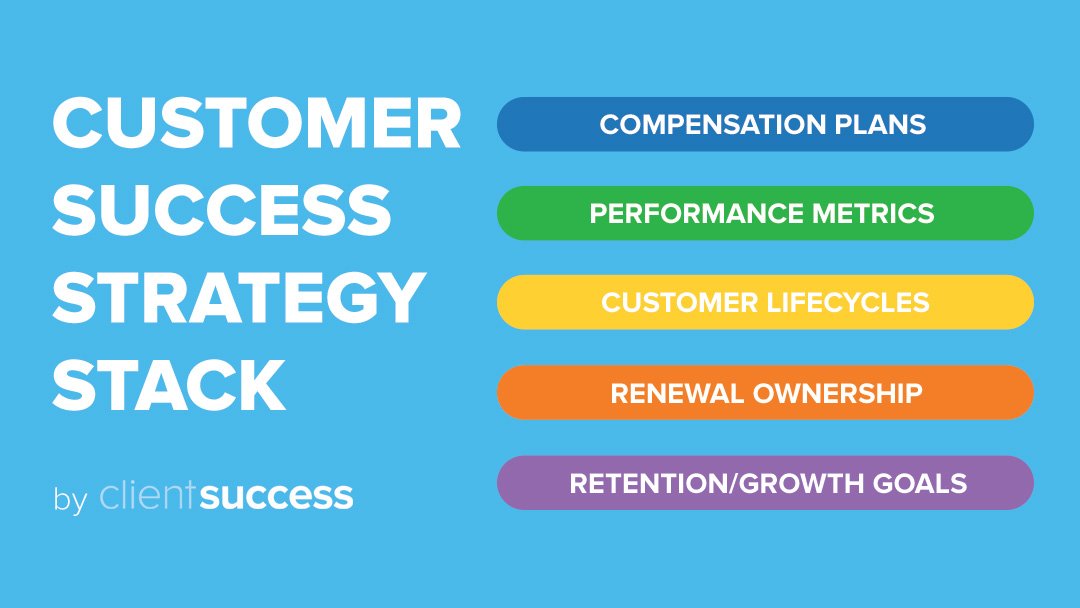
Implementing an Enterprise Resource Planning (ERP) system can be a significant step toward improving the efficiency of your workspace. You can hire Eresource ERP consultants to effectively streamline your work setup. An ERP system integrates various business functions into a single system, which enables businesses to streamline their operations and make better decisions based on real-time data. Here are some steps you can take to implement an ERP system in your workspace:
Define your requirements: Before selecting an ERP system, you need to identify your business needs and the features that will help you achieve your goals. Determine what kind of data you need to capture, what reports you need, and what integrations are required. This will help you select an ERP system that best meets your needs.
Choose an ERP system: Once you have defined your requirements, you can begin researching and selecting an ERP system. Consider factors such as cost, scalability, ease of use, and support when choosing a system. Also, consider the vendor’s reputation, user reviews, and the ERP’s track record in the industry.
Plan your implementation
After selecting an ERP system, you need to plan your implementation. Identify the scope of the project, set a timeline, and allocate resources. Furthermore, identify the team members who will be involved in the implementation and create a project plan.
Prepare your data
The success of your ERP implementation depends on the quality and completeness of your data. Start by cleaning up your existing data, identifying and resolving inconsistencies, and ensuring that data is accurate and up-to-date. Plan for data migration and testing to ensure that your data is transferred correctly.
Train your team
Your ERP system will be most effective if your team knows how to use it. Provide training to your team on how to use the system and ensure that they are comfortable with it. You may need to provide additional support or training to certain team members who will be using the system more frequently.
Test your system
Before going live, test your ERP system to ensure that it meets your requirements and is functioning correctly. Test data migration, integrations, and reporting to ensure that the system is working as expected.
Go live
Once you have completed testing and training, you can go live with your ERP system. Monitor the system closely during the initial period and address any issues that arise promptly.
Continuous improvement
An ERP system is not a one-time implementation. Regularly review your system’s performance, identify areas for improvement, and implement changes as needed to ensure that it continues to meet your needs.
Benefits of Implementing ERP
Implementing an ERP system in your workspace can provide numerous benefits. The following are its substantial upsides that can streamline your organization.
Increased efficiency
An ERP system can automate many routine tasks and streamline business operations, reducing the time and effort required to complete tasks and increasing productivity.
Improved decision-making
An ERP system can provide real-time data, allowing you to make more informed decisions based on accurate and up-to-date information.
Better collaboration
An ERP system can improve collaboration among team members by providing a centralized platform for sharing data and communicating.
Increased visibility
An ERP system can provide visibility into all aspects of your business, including inventory, finances, and customer data. In that sense, the organization can thrive by effectively sorting out important files. Also, it creates a significant difference in gaining access to daily finances and employee data. ERPs like NetSuite can engage in ensuring that employees are in line with their information and files.
Customizing your own ERP also adds to the systematic creation of an organization. Tailor-fitting a system ensures that the company operates within its vision and mission.
Enhanced customer satisfaction
Customer satisfaction is critical to the success of any business, and an ERP system can play a vital role in enhancing customer service. An ERP system can provide accurate and up-to-date information on customer orders, preferences, and interactions, allowing you to respond quickly and effectively to customer inquiries and issues.
With an ERP system, you can track customer orders from start to finish, providing real-time updates on order status and delivery times. This can help you provide more accurate delivery estimates to customers and ensure that orders are delivered on time, improving customer satisfaction.
Reduced costs
An ERP system can help you identify areas where you can reduce costs, such as inventory management, supply chain management, and production planning.
Scalability
An ERP system can be scaled up or down depending on your business needs, allowing you to adapt to changing market conditions and customer demands.
Overall, an ERP system can help your business become more efficient, productive, and profitable. It can provide a solid foundation for growth and help you stay competitive in today’s fast-paced business environment.
Key Takeaway
Applying an effective ERP system can be a significant undertaking. However, it can also provide substantial benefits to your business. You can efficiently create an influential work setup that is geared toward productivity.











